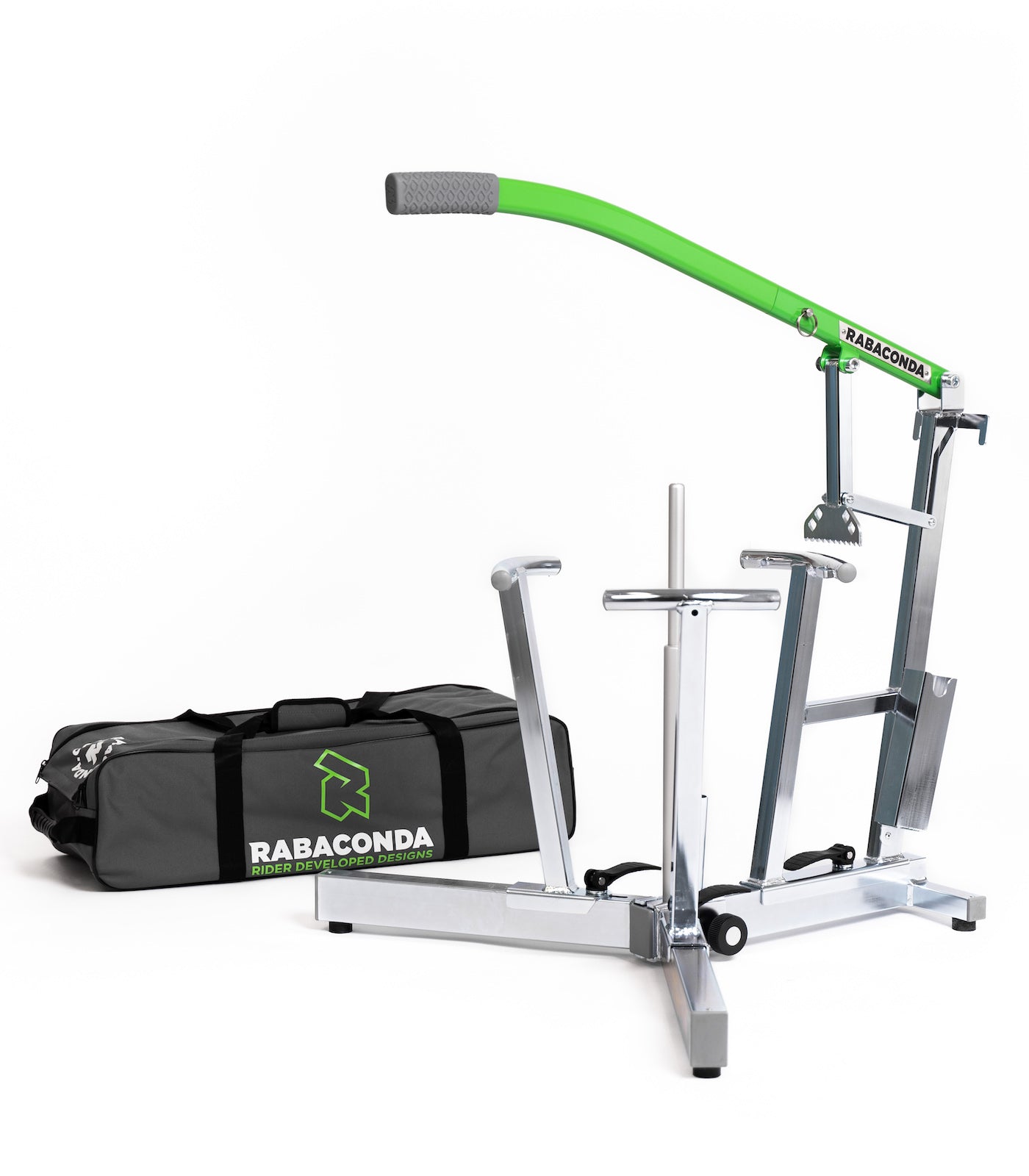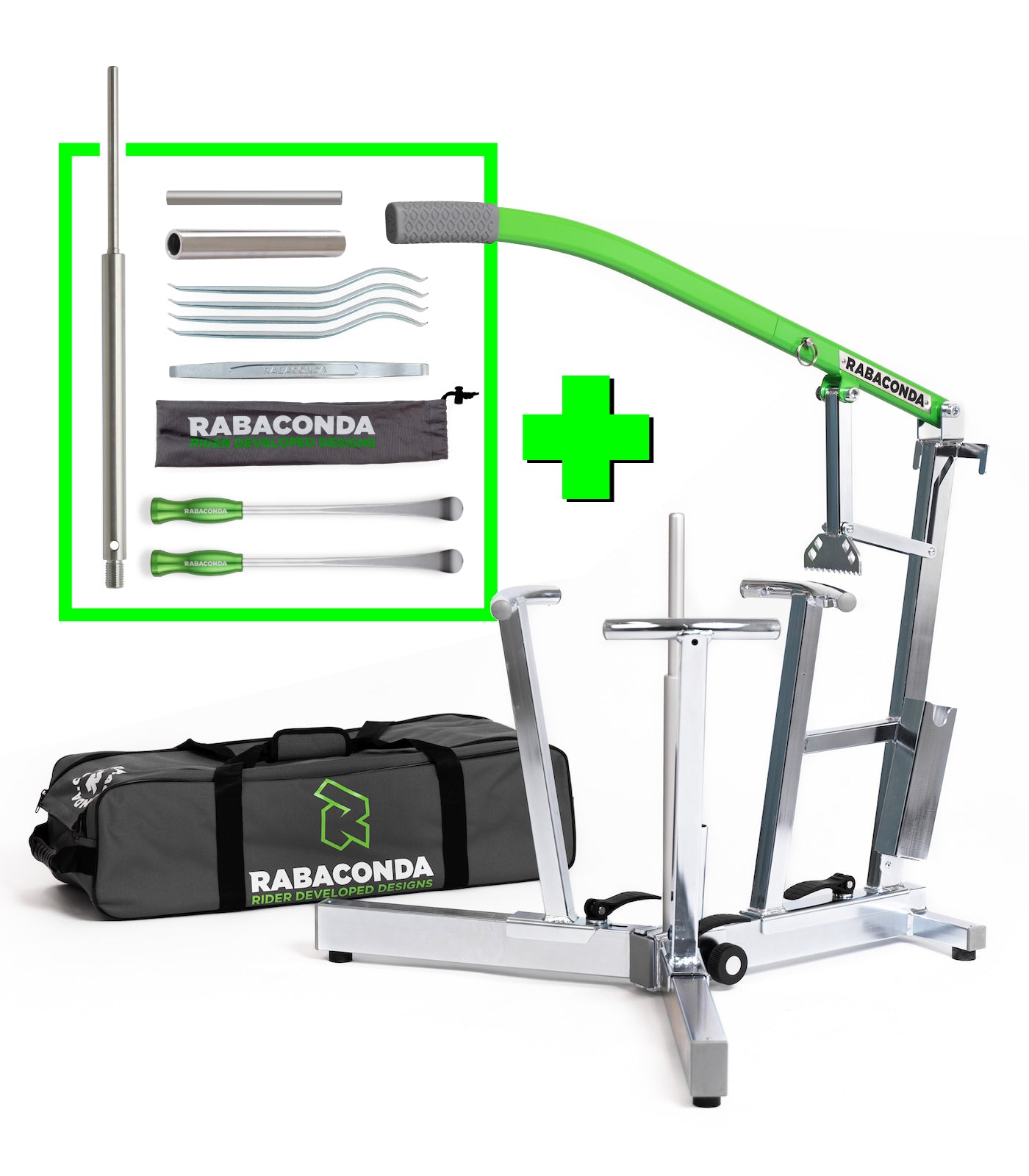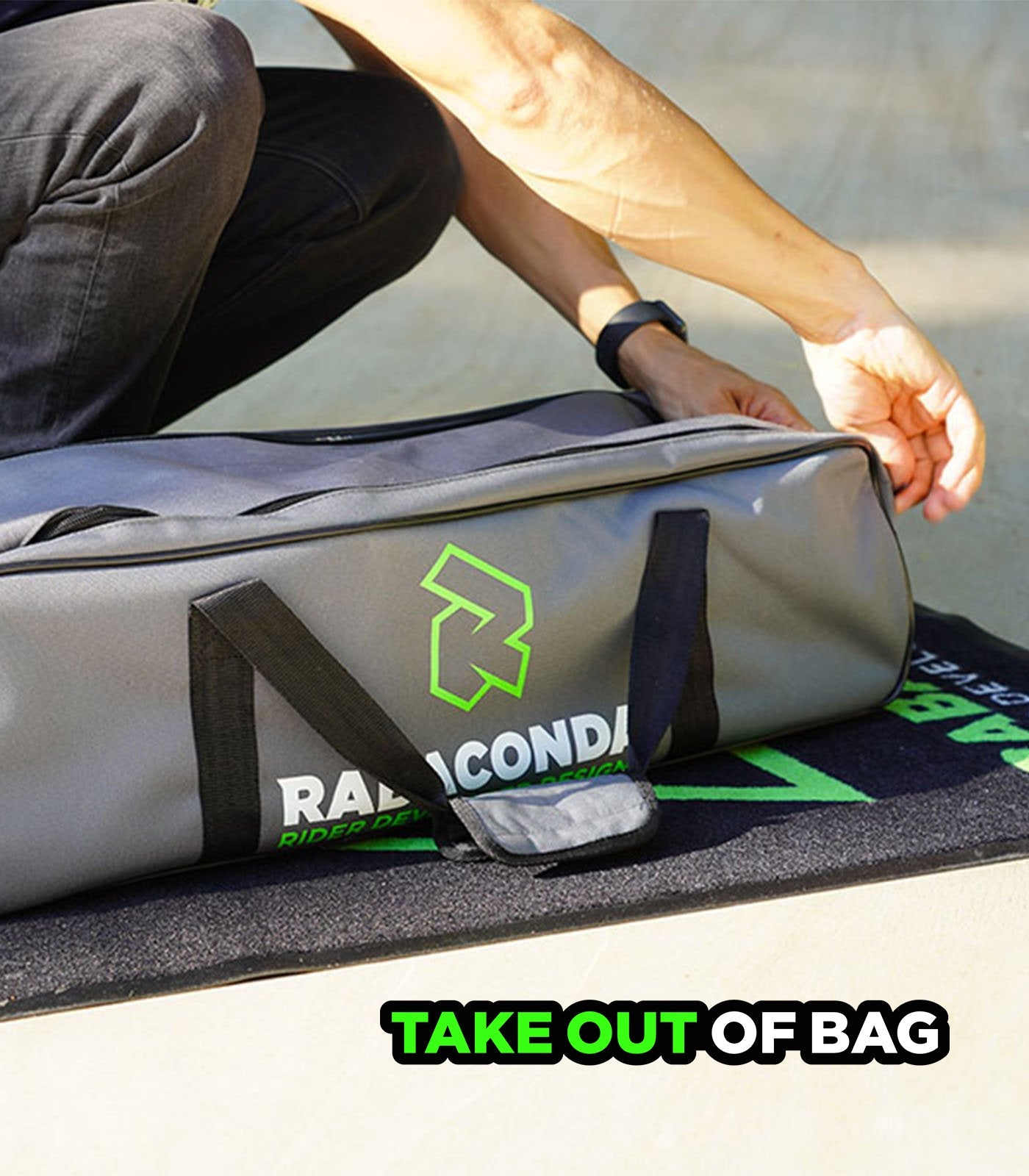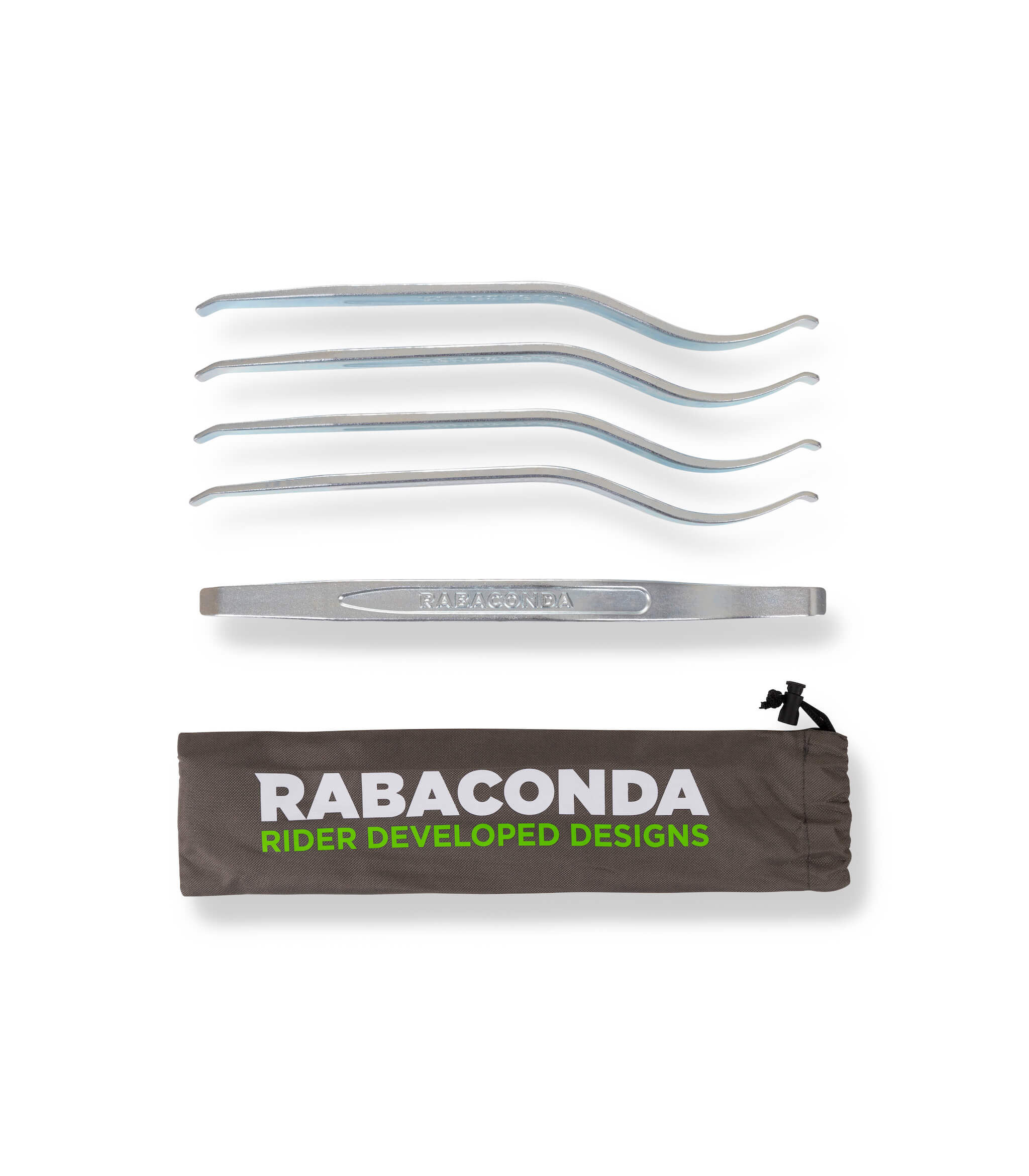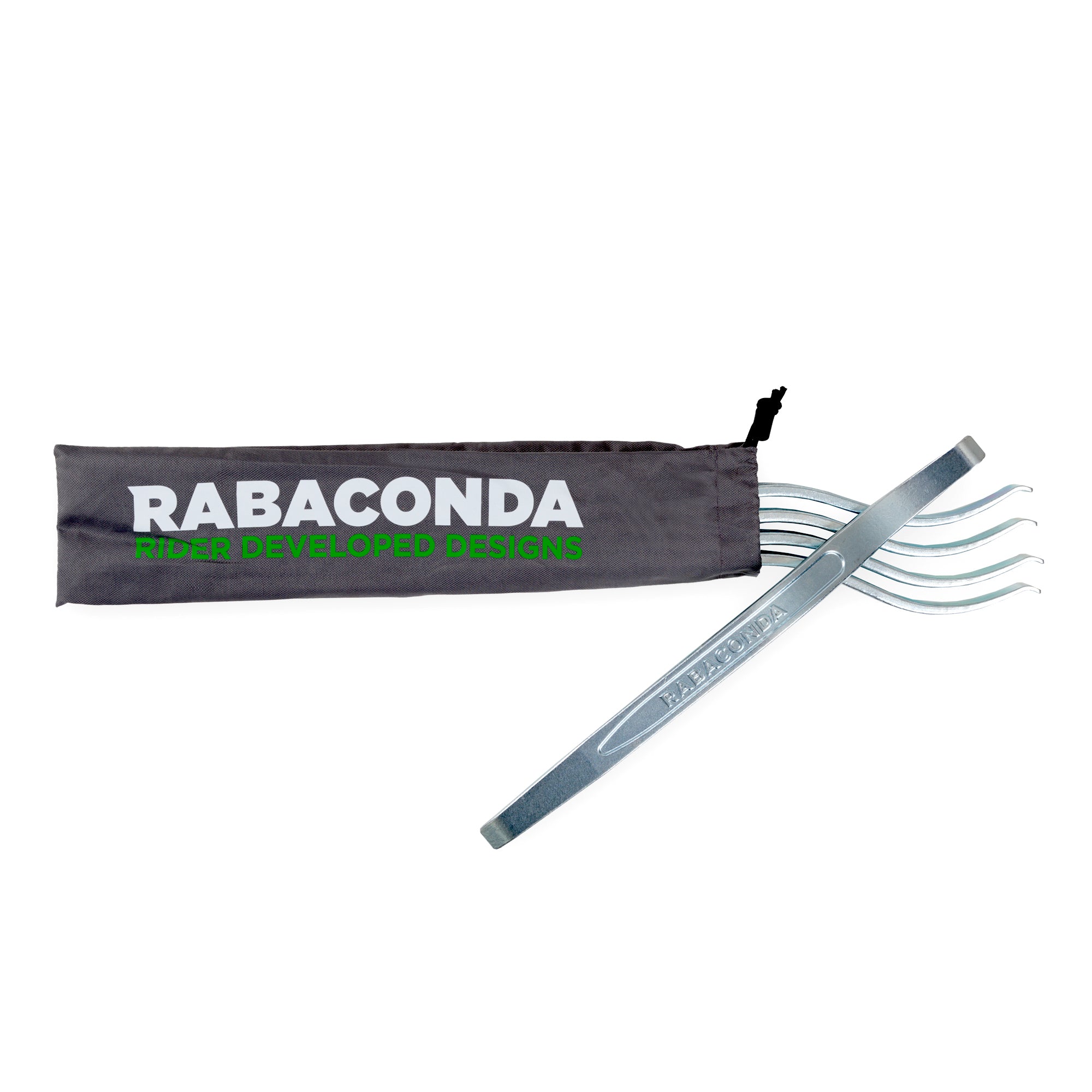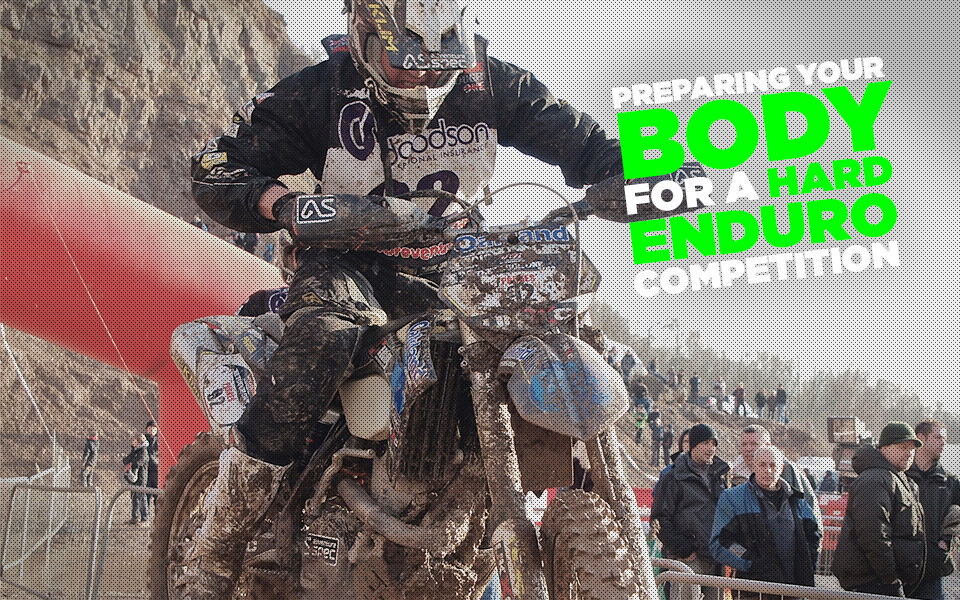Dual Sport Tires 101
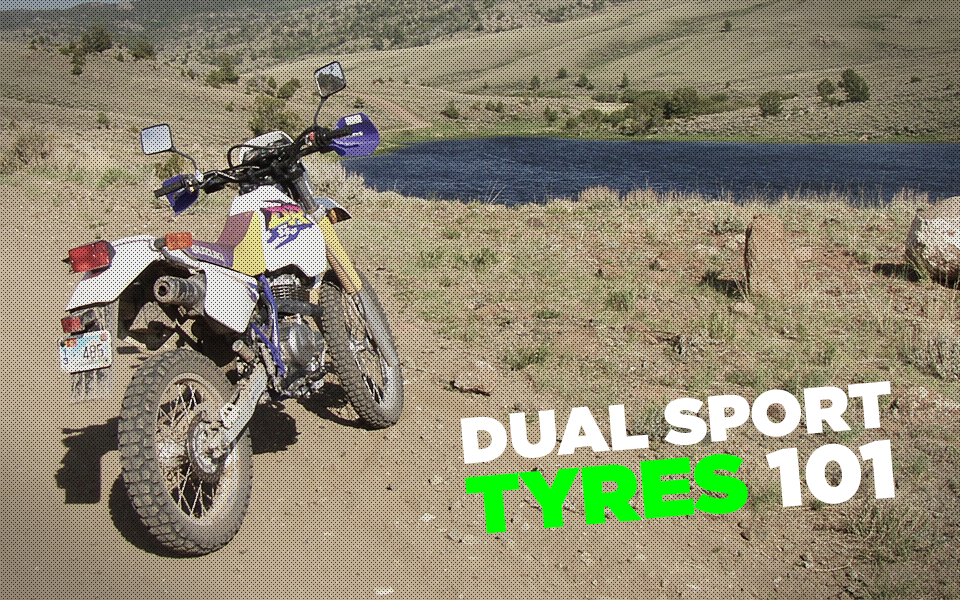
Tyre choice has a major impact on the performance and safety of your bike — and how much you enjoy riding it. The range of different tyre types can be bewildering. Tyres optimised for soft, intermediate or hard off-road terrain look and feel quite different from those for paved road riding. With many riders switching regularly between different terrains and surfaces, dual sport tyres can be appealing. Designed to perform well on and off road, dual sport tyres need to be street legal but still provide traction, stability and great cornering off road.
Will Dual Sport Tyres Work for me?
Dual sport tyres appeal to hybrid riders who regularly ride both trails and paved roads. Whether or not dual sport tyres might be right for you depends on how your riding splits down between on and off road, and the sort of off-road terrain you typically cover. After all, what you need to use for sandy desert trails is quite different from what you need for muddy woodland tracks, and riding on roads simply to get to the trails at a weekend isn’t the same as using your bike to commute to work daily.
Start by estimating the percentage split of your riding time between on and off road. When buying dual sport tyres you will find the split marked in the product details — for example 60% off road, 40% on road. Of course, these splits are only a rule of thumb, and the actual tyre performance will depend on your personal riding style and the exact terrain you cover. If in doubt, pick a 50/50 split the first time you buy them, and adjust from there until you get the best balance of grip, durability, cost and mileage for your needs.
What to Look For in Dual Sport Tyres
Dual sport tyres aim to achieve the traction and grip you need for off-road riding, while still being slick enough to ride on the street. Some dual sport tyres have the typical knobby design of off-road tyres, while others would look more at home on a true sports bike, but still offer the grip to corner off road. Use the following guidelines to pick the right tyre for you:
If you only use your bike on the road to get to the trails, look for a knobby design dual sport tyre which will wear quickly on asphalt but give better traction on the trails.
Using your bike more regularly on road means you need a slicker tyre more akin to a sports bike tyre — just don’t try to take your bike onto extreme terrain without a tyre change.
Look for a stable central tread pattern. The knobs on the centre round off quickly on sealed roads, so keep an eye for wear here if you are riding on streets a lot.
Look for hard terrain tread on the outer edges of the tyres, as this will give better traction when cornering off road.
Tyres with a harder carcass will retain shape better when moving between terrains.
Using your bike more regularly on road means you need a slicker tyre more akin to a sports bike tyre — just don't try to take your bike onto extreme terrain without a tyre change.
Look for a stable central tread pattern. The knobs on the centre round off quickly on sealed roads, so keep an eye for wear here if you are riding on streets a lot.
Look for hard terrain tread on the outer edges of the tyres, as this will give better traction when cornering off road.
Tyres with a harder carcass will retain shape better when moving between terrains.

Riding Dual Sport Tyres: Pressure, Rim Locks and Balance
Dual sport tyres are designed to handle street riding as well as off-road, but in some cases you might find that adjusting your tyre pressure when you change terrain makes for a more comfortable ride. The exact tyre pressures you need to optimise performance will depend on your specific bike, load and chosen terrain. As a guide, however, you may inflate to around 25 psi for day-to-day riding and then go to 18 psi when you hit the trails. Changing between pressures is easy with either an electric 12v pump or just a regular mountain bike pump.

The lower your tyre pressure, the more likely you will want to use rim locks to make sure your tyres stay fixed on the rim, rather than slipping during hard acceleration and ripping the valve core off. While rim locks are fitted as standard with most off-road tyres, to use or not to use becomes a thorny question when using dual sport tyres. If you’re riding at below 15 psi, rim locks are advisable. With tyre inflation above 20 psi, rim locks are not likely to be necessary. If the conditions require inflation between 1520 psi, then see how your bike feels and be prepared to adjust if necessary. There are no hard and fast rules because variations in wheel and tyre design cause different levels of fit.
The final consideration if using rim locks is tyre balance. This requires special attention because, unless balanced, the additional weight of the locks can cause vibration, damaging your bike and making for an extremely uncomfortable ride. Using locks on both front and rear wheels although not standard practice might help you achieve balance more easily. Again, test different options until you find one that works for you, your bike, and the sort of riding you’re into.
How to Care For And Change Dual Sport Tyres
Dual sport tyres require much the same care as other tyres. Because you will be moving between terrains, it is important to set appropriate tyre pressures for the terrain, load and conditions. Make changes in small increments, and carry a pump to adjust if you’re moving between very different types of terrain during your ride.
Dual sport tyres are changed in the same way as other tube tyres. Make sure you have the right tools for the job (our 3-Minute Mousse Changer makes changing all types of tyres faster and easier), and watch a more experienced buddy doing the job before you have a go yourself. In a pinch, watching some YouTube videos will suffice, and be sure to check out our ‘Bead Seating Like a Pro‘ post.
If you regularly move between on and off-road riding, dual sport tyres might suit your needs. Check out specific product reviews before you choose from the wide range available, and happy riding!

